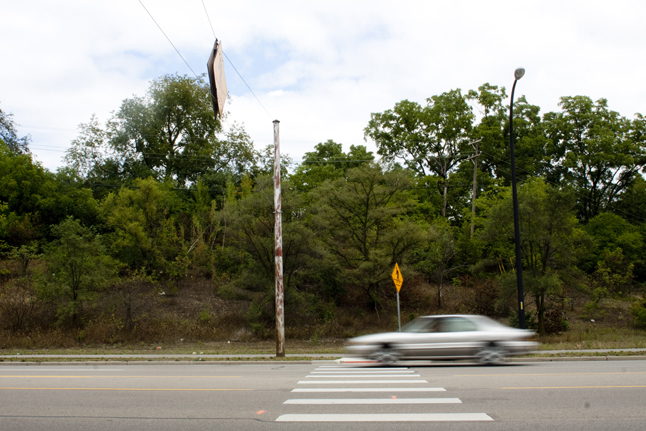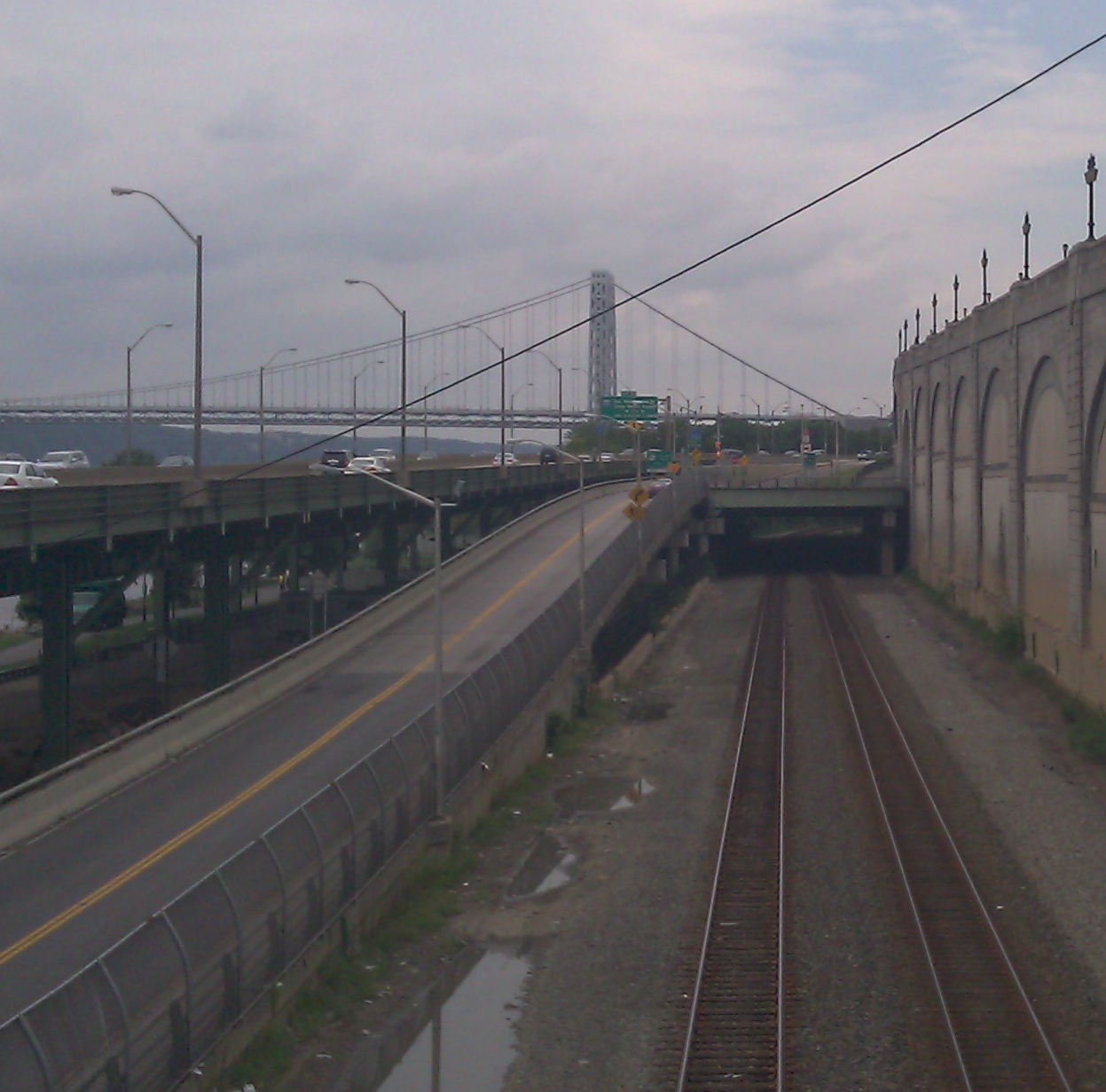Unsignalized crosswalks can be a wonderful thing by providing mobility where not otherwise available. Yet many are extremely dangerous due to poor design.
A friend from Ann Arbor sent me this report on someone hit by fast moving traffic in this crosswalk. Do you feel safe and confident as you prepare to cross this five-lane roadway with a speed limit of 45 miles per hour?

Unsignalized crosswalks attempt to provide pedestrians with a safe means of crossing the street by giving them priority and making them more visible to drivers. However, providing an actual safe crossing requires more than some white paint and a yellow sign.
Crossing locations should be carefully chosen to match observed pedestrian desire lines and maximize visibility -- avoid curves, hills and other things you can't move -- and then engineered to make them attractive and safe.
Unsignalized crosswalks are best suited for dense urban areas or town centers, where plenty of people are walking around and the speed limit is no more than 30 mph (preferably 20 mph).
Pedestrians should never be expected to cross more than two lanes of traffic at once, and only one lane if possible. Even with two lanes, there is a high risk that only one car stops and the pedestrian is killed in the adjacent lane. On wider roads, concrete median refuge islands (better or cheaper) should be installed between lanes, or a traffic signal installed to bring vehicle traffic to a complete stop (red signal). I don't recommend flashing yellow pedestrian-activated warning lights since they are usually ignored by drivers.
Minor engineering work is often needed to ensure that pedestrians can see and be seen. Many quick and inexpensive improvements can be made using paint, bollards, cones or other objects you have available, and upgraded later when you can get funding or tack it onto a major street reconstruction project at no extra cost. Parking should be prohibited within 50 feet on either side of the crosswalk. Installing a simple stop sign can be very effective if drivers are failing to stop without one.
Police enforcement of the stop/yield law using staged crossings may be needed. Remember that drivers are in a position of dominance and will often refuse to stop unless they know there may be a consequence for violating the law. The perceived risk of getting a ticket combines with the fine to discourage the selfish act of failing to yield.
And if your city or town completely flips you off, just get a few people to help you fix the problem yourself with some paint and signs.












